Famous ancient Persian art – Art and Visual Culture
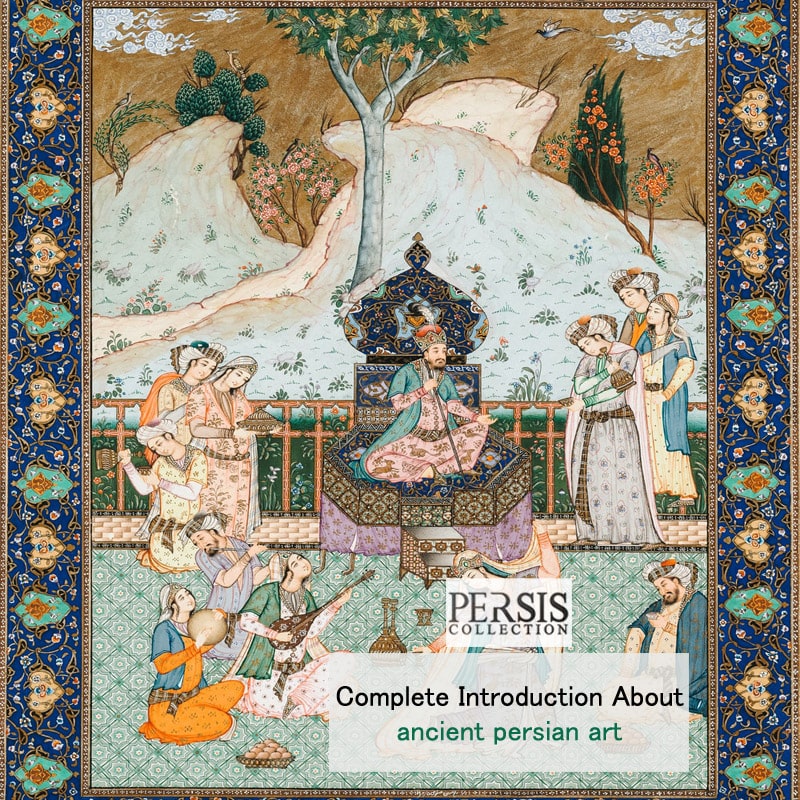
- tina atrg
- 30 August 2022
- Persian art
- 4 minutes
Persian art and ancient Persian art are as old as human history. Since the presence of humans in the caves until now, this painting has been present in various styles and doctrines in historical periods.
The history of Persian painting art in Iran goes back to the period of cave-dwelling. Painted images of animals and humans have been discovered in the caves of Lorestan province, which belong more than 12 thousand years ago. In addition to that, the paintings discovered on pottery in Silk Hill and Susa also prove that Iranian artists in these areas were familiar with the art of painting.
The patterns on the pottery are the shapes of animals and nature, which are very simple and geometrically drawn. Considering that the line was created from the painting, it seems that these paintings also had elements of the line. Also, a few paintings belonging to the Parthian period have been found in Khwaja Mountain in Sistan and Dora Europas in Mesopotamia, in which the religious traditions of post-Islamic painting can be clearly observed. Sometimes the style used in them is reminiscent of Iranian miniatures.
n the Sassanid era, the Iranian painter Mani Prophet left valuable works in the Arjang book. From the beginning of Islam to the Seljuk era, the Umayyad and Abbasid rulers monopolized Persian art and prevented its growth among the people to a large extent. In the first centuries of Islam, painting and drawing were mostly used in book design. Usually, the beginning and margins of the book were painted and decorated.
The art of book layout developed greatly during the Seljuks, Mongols, and Timurids. From about the 10th century of Hijri, the painting was introduced independently.
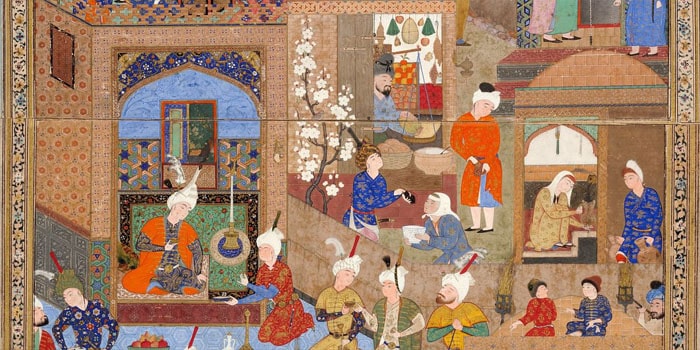
ancient Persian art
Types of traditional styles of ancient Persian art
Undoubtedly, one of the unique features of traditional Persian art, including Persian handicrafts, is traditional paintings, motifs, and designs, which are created with the help of rich taste, innovative power, and unparalleled capabilities of designers in execution.
These motifs, which mainly include broken motifs and rounded motifs, are inspired by the lines of plants, animals, and objects, and are less realistically and mainly abstractly designed. It can be a metal work, a wooden product, a water-based product, a special embroidery, a textile, etc.
to impress the audience and make them think and ponder. This means that traditional design has the highest importance in the collection of traditional Persian art.
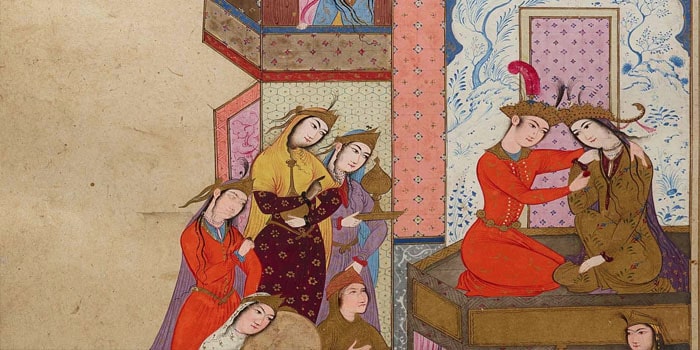
traditional styles of ancient Persian art
Miniature
Persian painting or miniature, which exists since the time of the Iranian master painter Mani in the Sassanid era, has special principles and rules, and features that distinguish it not only from European painting but also make it different from other styles that have been used as false paintings.
Some of the most important points are as follows:
- Failure to respect dimension and perspective in the work
- Failure to observe light shade at work
- Avoiding plain reality and turning to or reaching the truth. (Staying away from the world of beings and paying attention to the world of should)
- Imagination instead of recording the existing reality and naturally using ideal colors instead of available colors. The main characteristics of painting are related to its insight, thematic, structural, functional, and technical characteristics, which have caused Iranian painters to use this Persian art to draw and paint beautiful and meaningful images on books and walls.
And therefore, since ancient times, this characteristic art has mostly served as the art of book arrangement and mural painting, although today it is mostly manifested in beautiful paintings and eye-catching curtains.
The most prominent Iranian painter after Mani is master Kamaluddin Behzad Herati – the painter of Herat and Tabriz II doctrine – and in the contemporary era, we should mention master Mahmoud Farshchian who has presented exceptional works.
The important painting doctrine of Iran are:
- Herat doctrine (Timur era)
- Shiraz doctrine (Ilkhani period)
- Tabriz First doctrine (Ilkhani Period)
- The second doctrine of Tabriz (Safavid period)
- Qazvin doctrine (Safavid period)
- Isfahan doctrine (Safavid period)
- Tehran doctrine (contemporary period)
Of course, each of them has singular characteristics and master painters, and each doctrine has left unique works. The fact that the Shahnameh left from different eras, especially the Safavid era, are considered masterpieces of book design and painting.
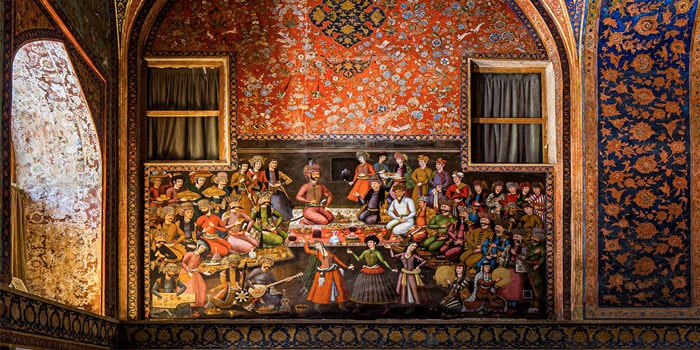
Miniature Persian art
Gilding
Gilding is a decorative border with geometric or plant patterns that are used to decorate the surahs or verses of the Quran, books, paintings, and calligraphy, and is usually accompanied by three colors: gold, azure, and red. This Persian art has also been popular since the time of Mani, with the name Zarnegari.
Tashir
Tashir, as Persian art, consists of decorative or ornamental borders in the text, which in addition to geometrical and plant images can also have animal images (real and legendary) and is usually monochromatic (mostly golden.) The differences between gilding and Tashir are from:
Golden, azure, and red colors are used in gilding, but poetry is monochromatic. Gilding is used in the margin, but poetry can be used both in the margin and in the text. In gilding, only geometrical and plant images should be used, but in poetry, in addition to the mentioned images, animal images are also used.
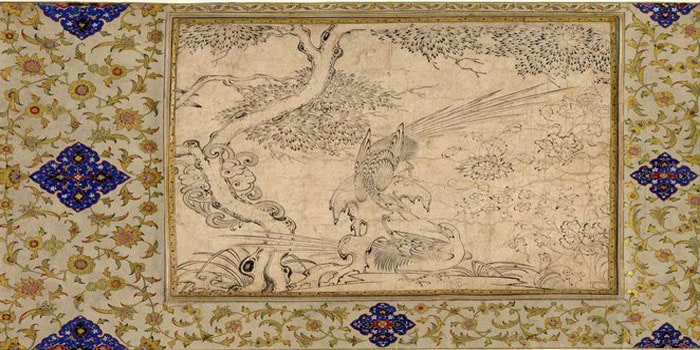
Tashir Persian art
Flower and chicken painting
This type of Persian art was imported to Iran from two European countries (France and Italy) and two Asian countries (India and China) in the Safavid period and reached its peak in the Qajar period. Of course, today, flowers and chickens are painted on different canvases, which may not be pressed paper or wood. In relation to this type of painting, which today has a completely Persian color, it has been said that it evokes spring, good times, happiness, and joy.






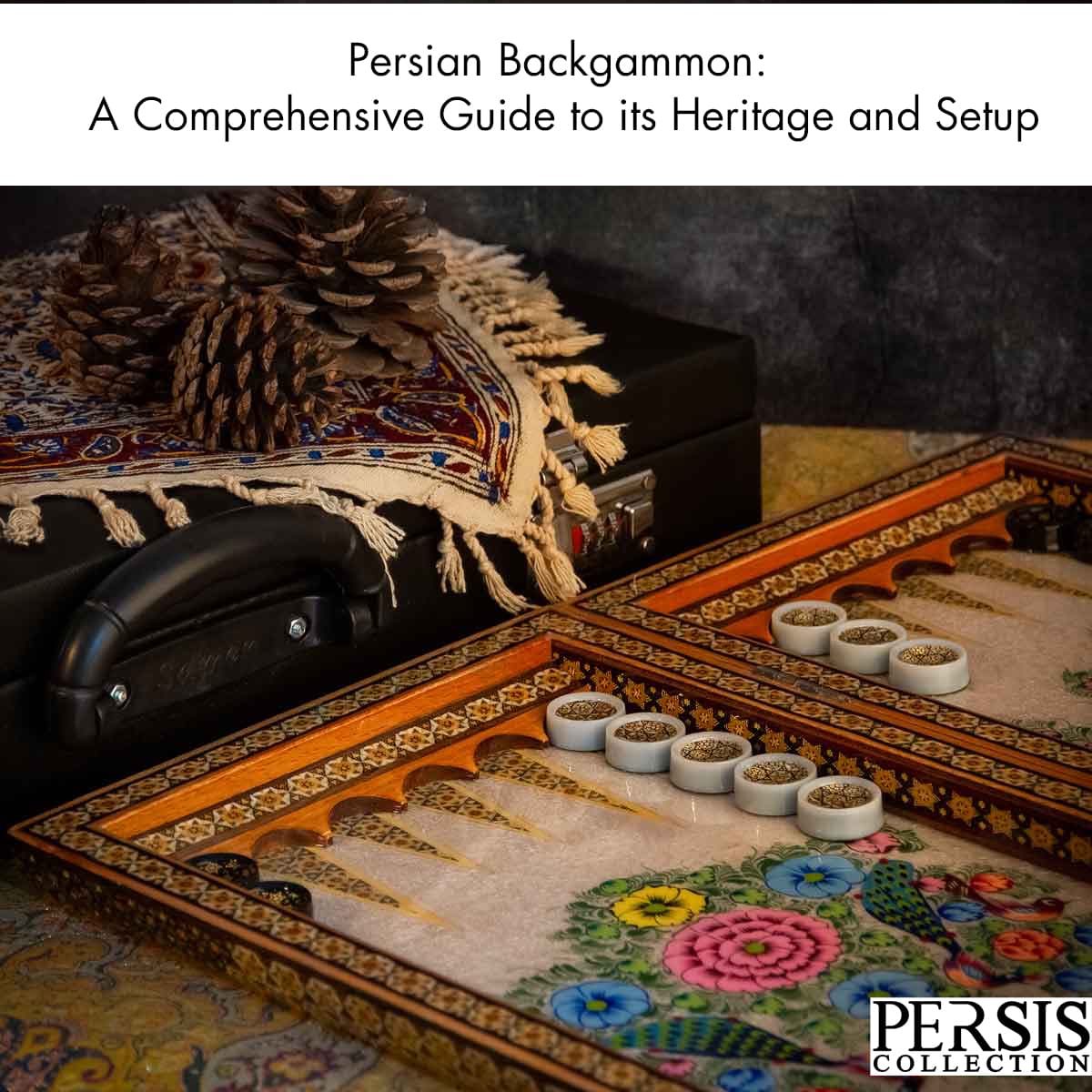
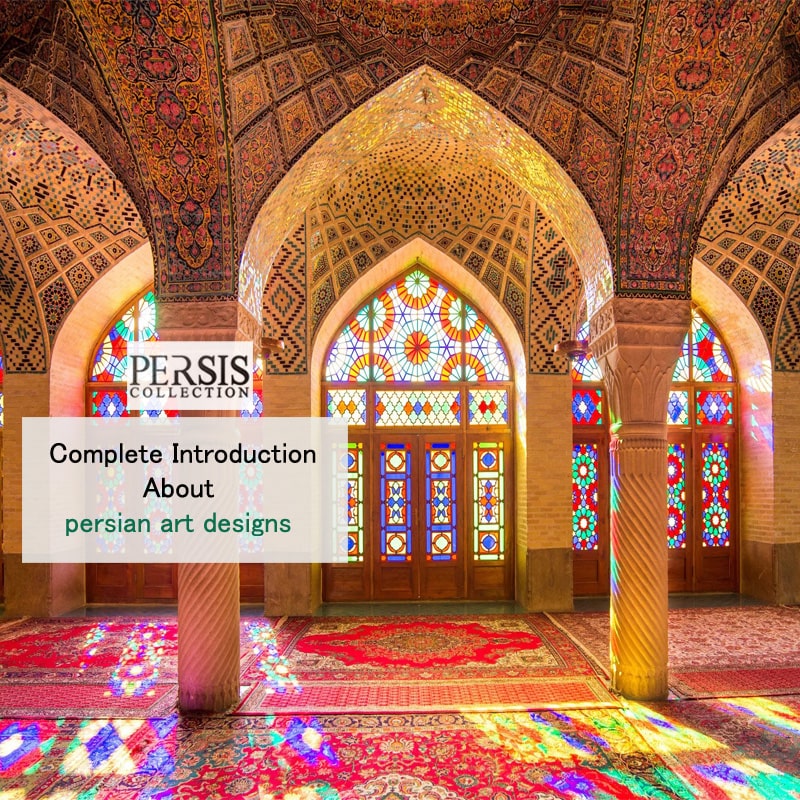
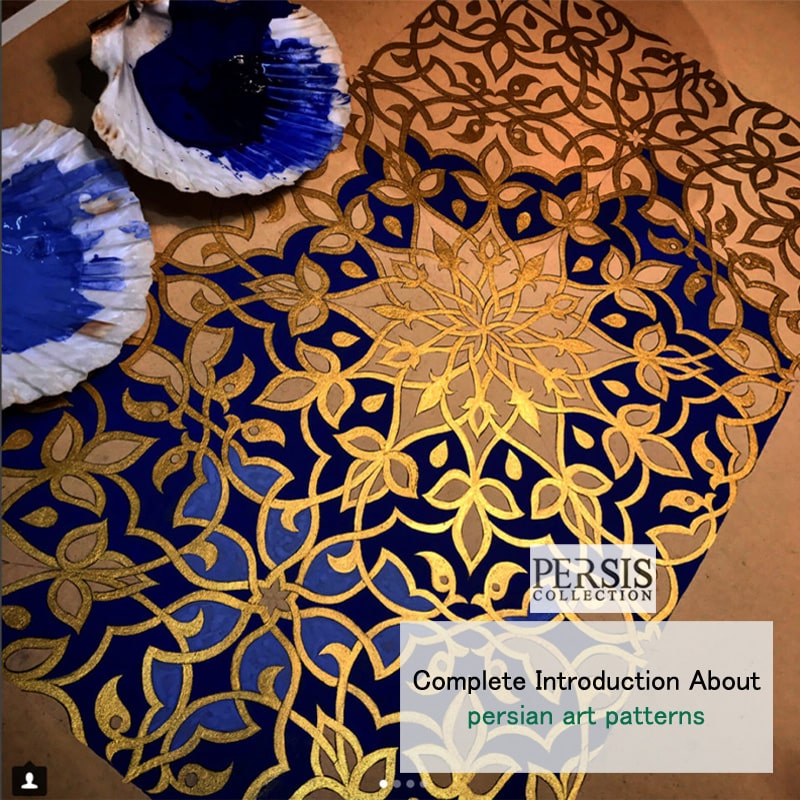
Comments